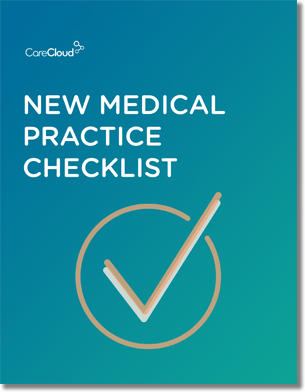Private practices are an integral part of most communities. They provide care for under-served citizens and foster substantial patient-physician relationships. However, in order to keep practice doors open, independent doctors need to maintain a steady revenue stream.
Quality metrics provide the indicators physicians need to measure how their practice is performing. In our final installment of the 5 Must-track Metrics series, we take a look at how doctors can identify the amount they should be collecting for each patient visit.
Metric #5 – Average Reimbursement Per Encounter
What It Is
This is the average amount a practice collects per encounter.
Calculation
Total Reimbursement ÷ Number of Encounters in a Given Time Period
Benchmark
Due to variation across specialties, there is no universal industry benchmark for this metric.
Why It Matters
When benchmarked within a specialty, this metric gives practices a sense of whether they’re performing well or could realistically be bringing in more money.
When tracked over time and compared with historical practice results, it provides a simple, yet powerful gauge of whether your practice is trending in a positive or negative direction. If negative, your practice must take steps to get back on track (e.g., by diversifying your patient or payer mix).
Again, the average reimbursement per encounter fluctuates according to the type of patients you treat. Speak with other specialists or conduct some Internet research to see if your price points match industry standards. You could be missing out on a substantial amount of revenue.

Do you know what you need when setting up a new medical practice?



